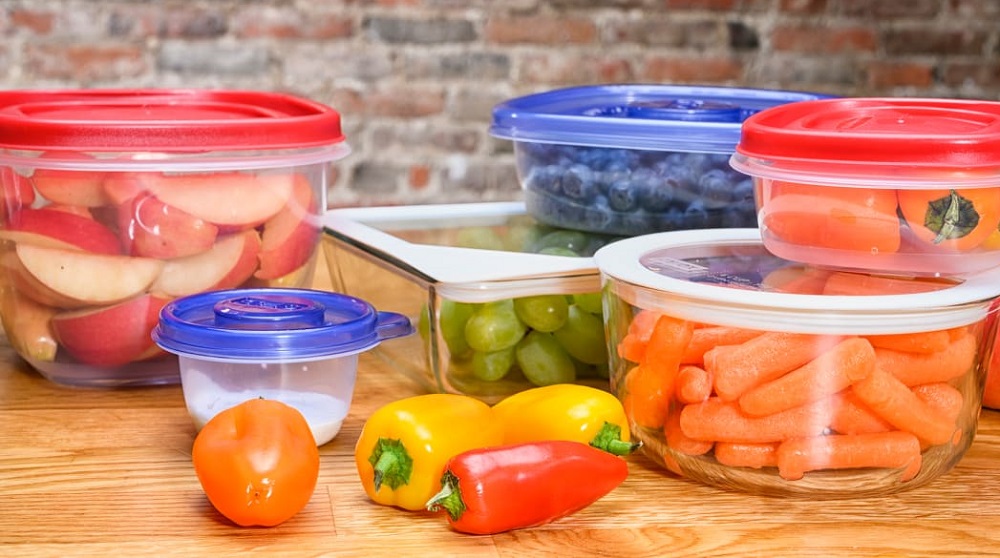Whether you’re trying to get organized for the week ahead with some meal preparation or have overestimated your recipe and are trying to store leftovers, ensure you keep your food stored safely so it can be enjoyed at a later date. As well as making your life much easier down the line and helping you out on those hectic days where you feel like you don’t have five minutes for yourself, pre-prepared food is a much more cost-effective approach. Whatever the scale of your cooked food that needs storing, get prepared by having some eco-friendly takeaway packaging handy. Once you have suitable containers ready, you will never get caught short and can make food preparation easier than ever, simply grabbing a box and either heating it up right away or taking it on the go for lunch as and when you want it. To help ensure you store your food effectively and hygienically, we’ve pulled together a simple guide to make the process as easy as possible.

Choose your containers wisely
Depending on what type of food you are storing, ensure you pick the right containers for the job. For food that you can heat from frozen, opt for microwavable or oven-proof containers to save you from having to transfer the contents over or risk ruining your meal and tubs by using the wrong packaging.
Let it cool
Once you’ve finished cooking, it is important to wait for the food to cool down to room temperature before you put it into storage. Putting hot goods straight into the fridge or freezer risks spoiling the food, so ensure it has cooled fully, but do not leave it standing for above two hours as this runs the risk of bacteria forming.
Serve it up
Especially when freezing food, it is always worth separating your batch into individual serving sizes before you put it in the freezer, as it can be almost impossible once frozen. Have each portion stored in an individual container so you not only can take what you need, but you don’t have to worry about preparation at a later date.
Label your food
As you put your food into the fridge or freezer, get into the habit of writing a label to go with it. Make it clear what is inside the packaging and note down the date that it was cooked so you can ensure that you do not keep food for longer than you should. Whether you use a professional label printer or stick on some tape, having a written reference will help you maintain an organized and safe set of food.
Vacuum packing
For those who are producing a high volume of food, switching to vacuum sealing can be a worthwhile decision. Food can be stored in specially designed bags that are sealed to remove any air from the contents and keep the packaging as small as possible. As well as freeing up a lot of additional space, it will keep the quality of food better against a build-up of ice.